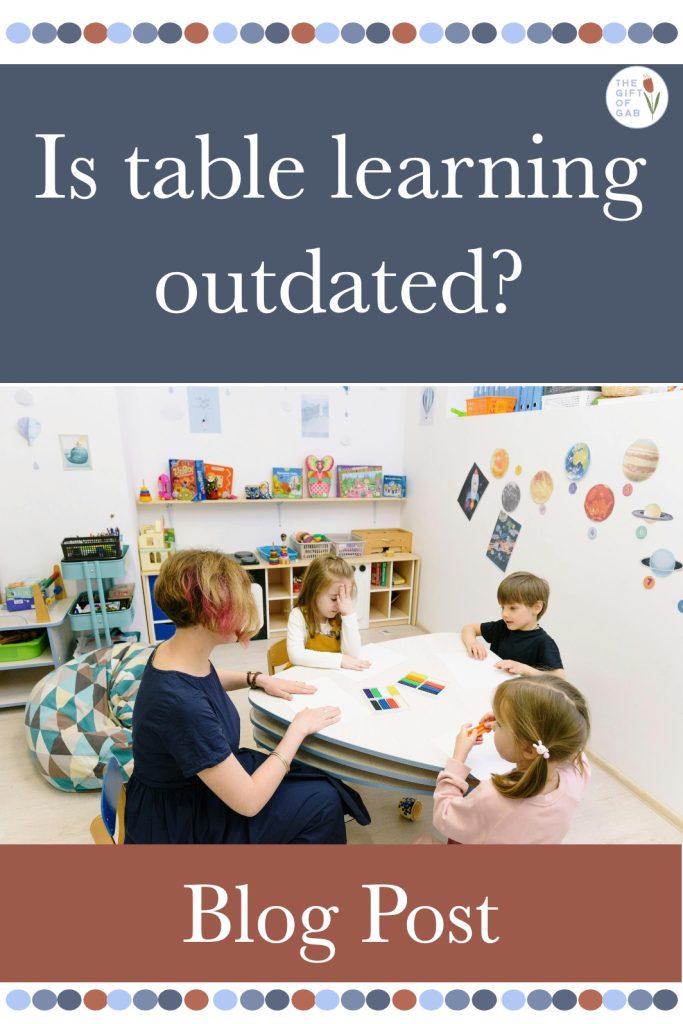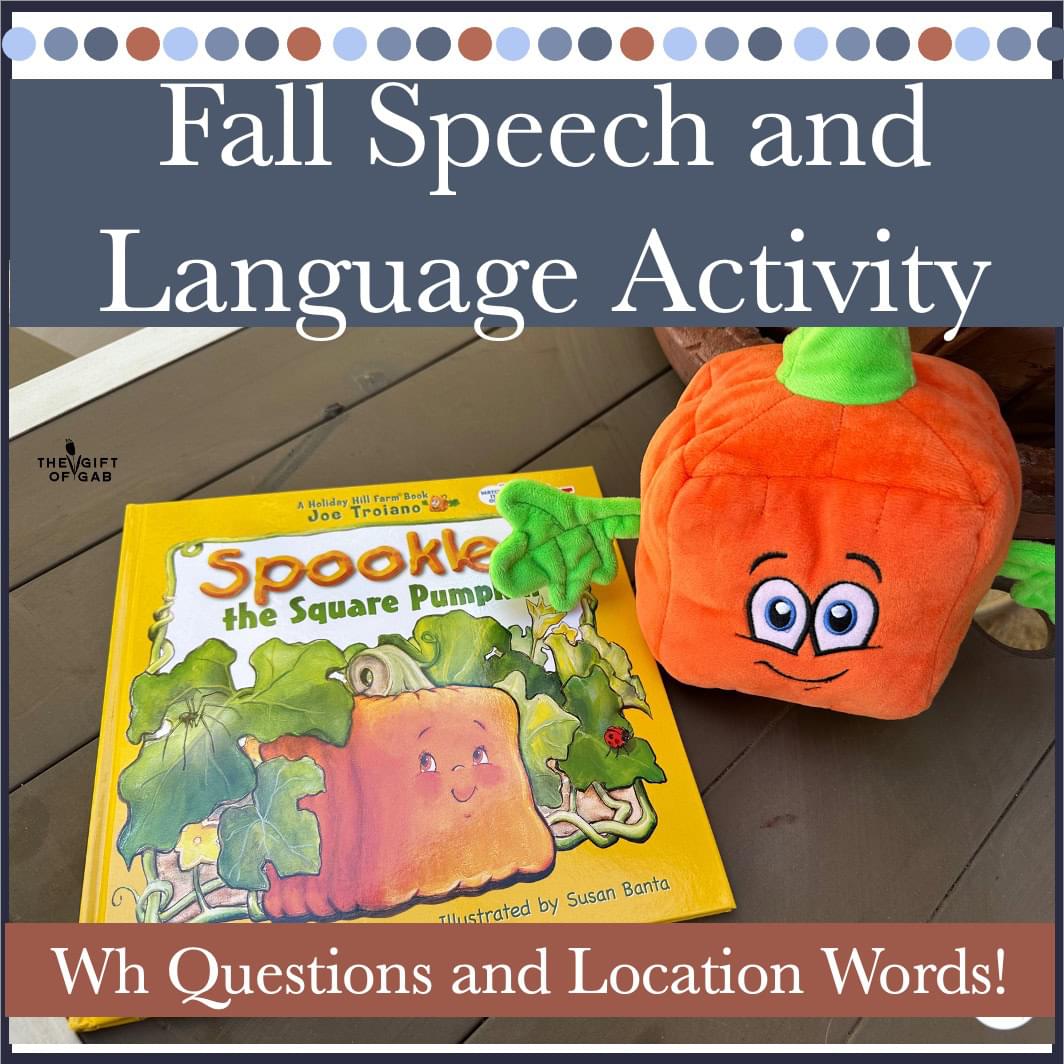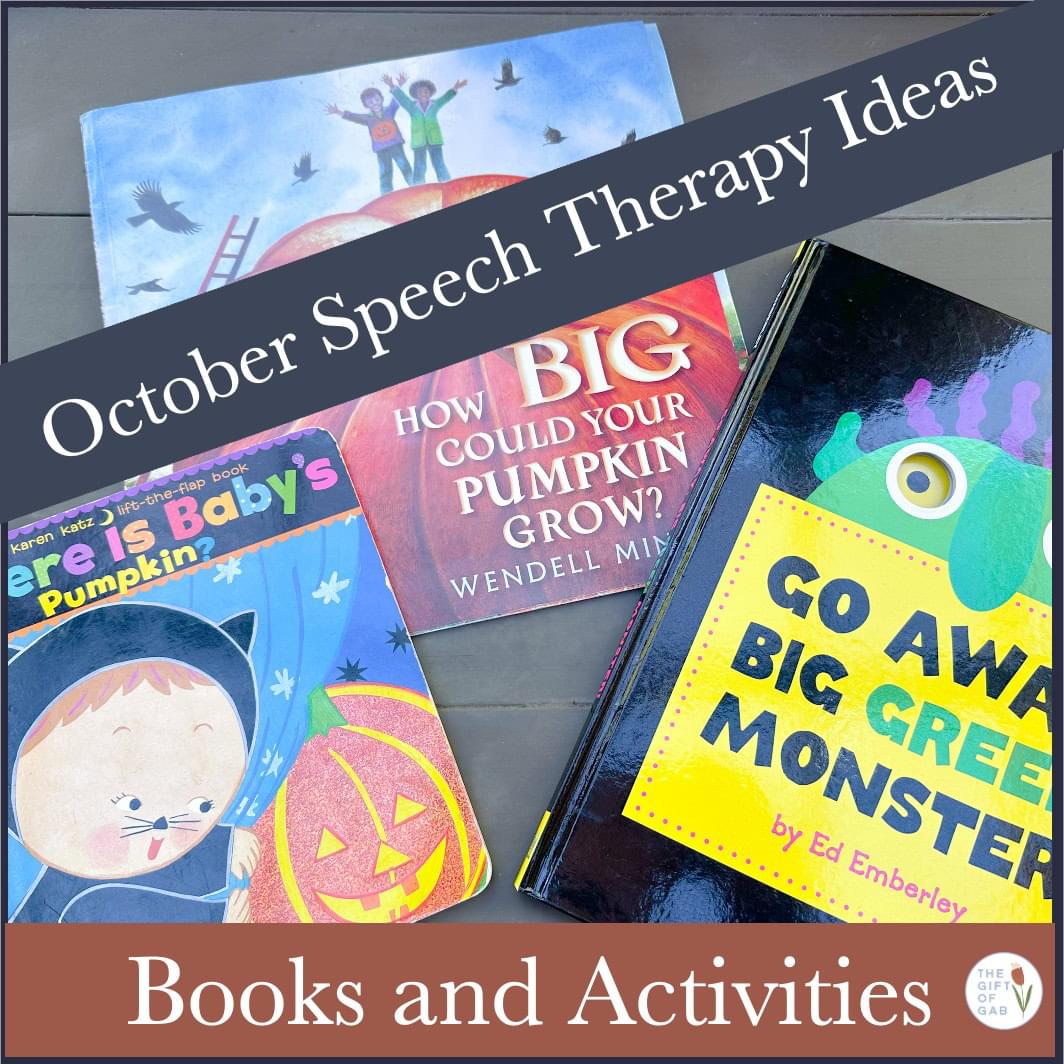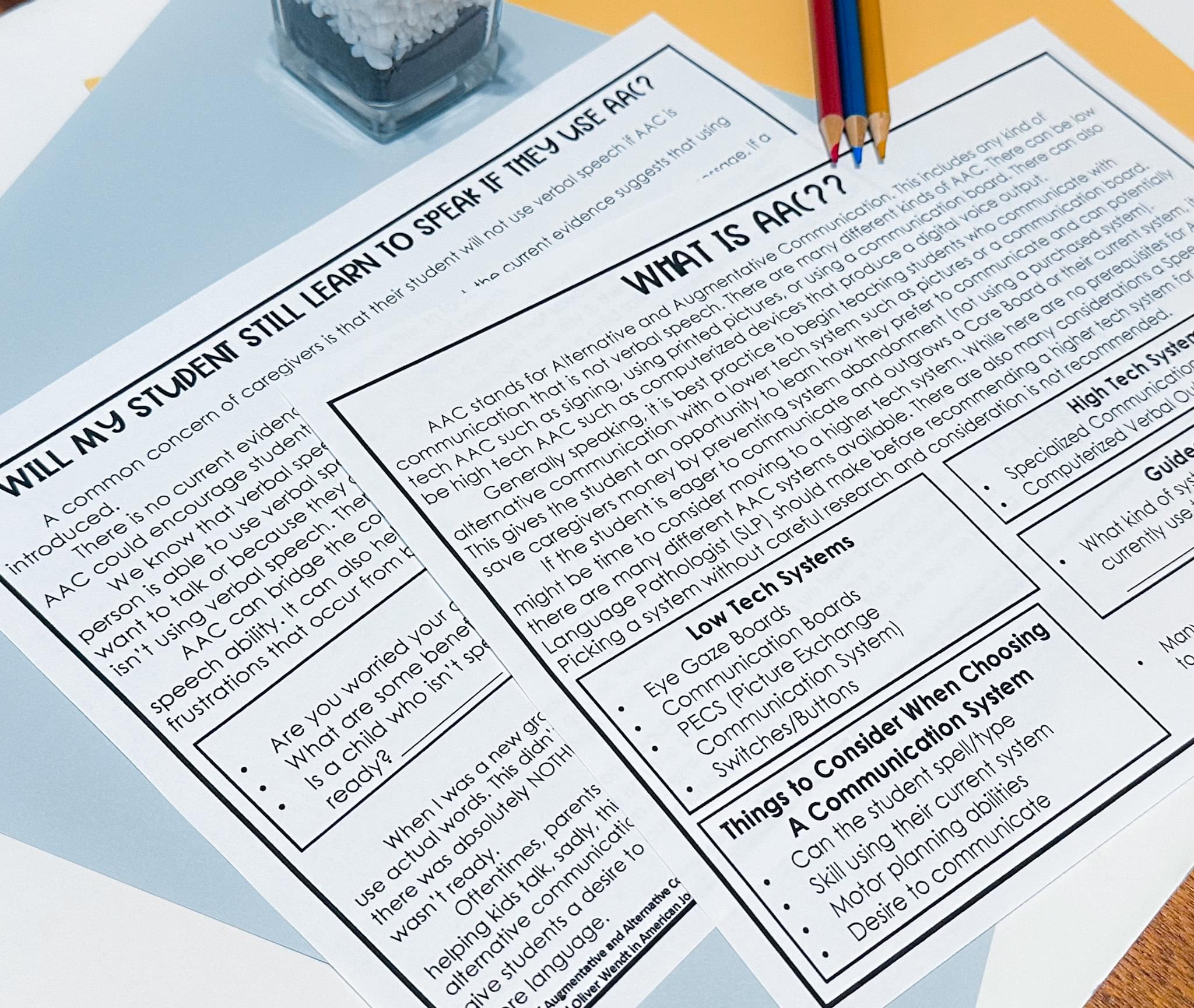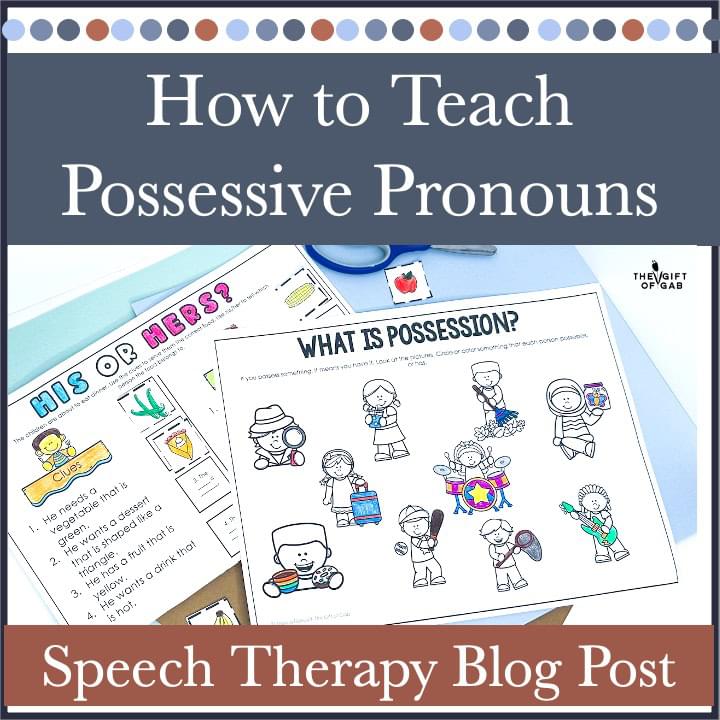Naturalistic teaching is having a moment in speech therapy right now. And for good reason. There is evidence indicating that naturalistic teaching can reduce challenging behaviors and support new skills when children learn while doing things they enjoy.
I am all for naturalistic teaching. But I have run into a problem with it in my years as a Speech-Language Pathologist.
Here is the problem. Naturalistic teaching requires patience and considerable effort to modify the environment.
As SLPs, we typically have a limited amount of time with our speech therapy students. I would wager that an average speech therapy session is 30 minutes. That 30 minutes may be in a group or it may be one-on-one.
Unless you are fortunate enough to be in a situation where you have plenty of time and control over the environment, you cannot rely *only* on naturalistic teaching, particularly if you are targeting a complex or nuanced skill (such as social communication skills).
That means that some form of structured learning must be a part of your therapy plan.
You may call it table learning, discrete trial training, or worksheets. I believe any or all of these teaching skills are important for laying a strong foundation for students to learn complex skills.
Here is my methodology for integrating table learning and naturalistic teaching in my speech room.
Table learning has a place, according to Schreibman et al. (2015). “It is… important to acknowledge that massed trial DTT teaching remains the approach of choice for certain skills at certain times, for all human learners, and it remains an important tool in the autism intervention toolbox (Jobin 2012). Furthermore, it is likely that some children may learn more quickly using a more structured approach, such as DTT, whereas others may flourish using an NDBI [Naturalistic] approach.”
Of course, I need to add the disclaimer here that every student is different, and I create my treatment plan accordingly.
However, I often prefer to start teaching any speech or language skill with a very structured approach. When teaching social skills, I frequently use teaching guides that help me script out exactly what I want to say. I hate fumbling over my words because I know that confuses my students, and I want to get the point across clearly.

I start with the easiest form of a skill and scaffold in difficulty until we reach the most complex level that can be achieved using a structured approach. This may take a few sessions or it may take months, it depends on the student.
Once that student can demonstrate understanding of the skill, I move to a more naturalistic teaching approach. There are numerous naturalistic teaching approaches, and I follow exactly none of them to the letter.
Instead, I use my clinician’s intuition to look for ideal situations that will help my students learn the desired skill.
The article by Schreibman et al. (2015) also indicates that training caregivers on using naturalistic teaching has been shown to improve outcomes. I completely subscribe to this methodology and use several parent handouts that teach caregivers how to develop speech and language skills at home, using these natural teaching methods.
What about you? Do you tend to fall more in the camp of “naturalistic teaching” or “table learning”? Or, like me, do you fall somewhere in between? Leave a comment and let me know!
Disclaimer: This post is intended to inspire creative thinking. It is not prescriptive. The needs and approach of each individual student varies greatly and should be monitored by their treating clinician.
